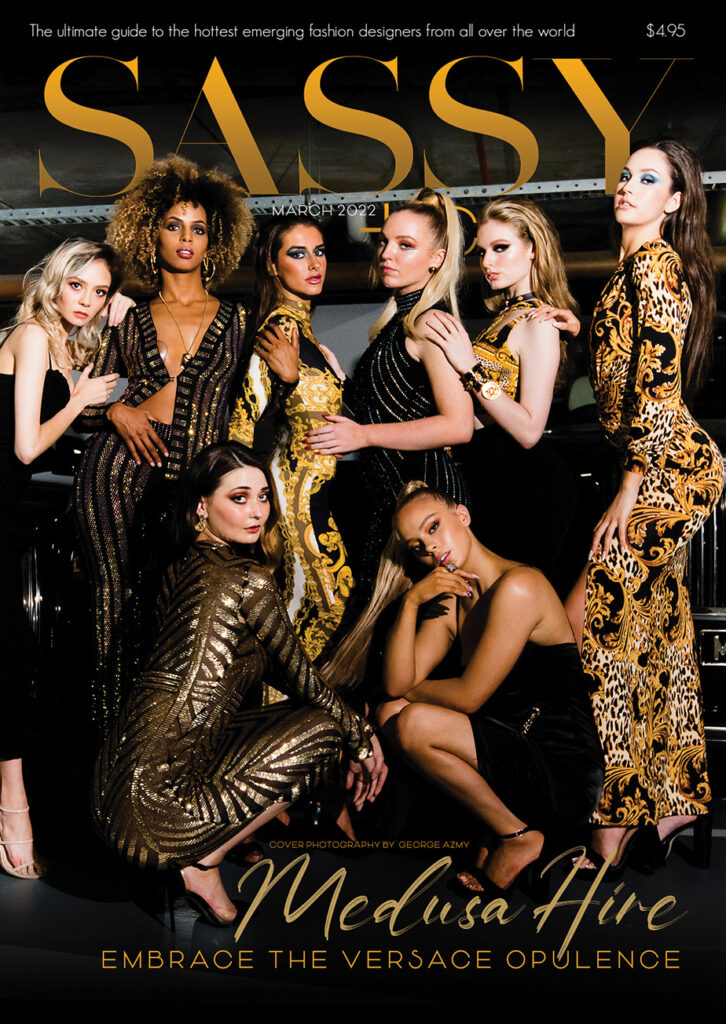The fashion industry — with its short trend cycles and massive production rates — was named one of the most polluting sectors of the previous year.
However, the unexpected rise of digital fashion in video games and applications has revealed a potential way to break harmful consumer habits in regard to clothing. By opting to experiment with style and trends virtually, a person may only purchase physical pieces they already feel they know and love.
This could dramatically reduce the amount of pollution created annually, as the creation of a digital garment saves around 3300 liters of water and produces 97% less CO2. Long-term, this could make the fashion industry more sustainable.
Fashion has become one of the latest industries put under the scope of digitalization. As more people opt for buying virtual clothing, the opportunity to minimize carbon emissions, textile waste, and water usage within the sector presents itself.
With the metaverse, the COVID-19 pandemic, and the increasing concerns related to climate change, fashion designers have turned to digital platforms for releasing their pieces. Louis Vuitton, for example, has designed a set of skins for the MOBA video game League of Legends. As virtual clothing becomes more accessible to the average user, fashion could become a more sustainable industry by allowing people to explore their style without needing to buy physical items.
Digital clothing tackles fashion’s sustainability issues
Despite brands incorporating “green policies” to reduce their harm to the environment in recent years, the fast-paced nature of the fashion industry causes it to be one of the biggest pollution-spreading sectors in 2021. However, rapid digitalization occurred within clothing companies as they failed to meet manufacturing goals as a result of the pandemic, which paved the way for virtual clothing.
Brands turned to mapping out initial drafts virtually, only physically crafting the clothes once a design has been settled on. In turn, as reported by ProSoft VR, the manufacturing process of one simple dress reduced environmental costs by around four times.
“As items go out of fashion and new trends pop up, a cycle of environmental harm is created. Old items end up in landfills, while the creation of new ones emit massive amounts of CO2 and deplete water resources. Games alleviate this burden, as unworn pieces may simply be deleted and replaced by other items with substantively less impact,” says Victoria Trofimova, Nordcurrent’s biggest game development company in Lithuania.
While not completely impact-free, digital clothing items save around 3300 liters and produce 97% fewer carbon emissions per item than their physical counterparts. By satisfying the need for engaging with new trends, consumers will likely be more mindful when buying physical pieces, reducing harm in the long-term.
Virtual clothing quickly garnering popularity
“Real-life clothing items increasingly find their way onto digital platforms. With famous designer houses joining the trend, virtual wardrobes are becoming more similar to ones in real-life,” notes Trofimova. “By emulating clothing, users may explore trends, styles, and brands without needing to purchase physical pieces, and therefore reducing the environmental impact of the fashion industry,” she continues.
The trend is significantly supported by video games, as character customization becomes an integral part of an immersive experience. Games such as Pocket Styler allow the player to fully customize their avatar’s look with different clothing and accessories that can be found in real-life stores.
“People may express themselves using Pocket Styler by transferring their particular tastes and preferences to the virtual version of themselves. Players may take their time developing a personal sense of style, which is difficult to achieve in real life as trends change and are phased out of stores rapidly,” explains Trofimova.
With digital fashion only becoming increasingly popular, a new, sustainable route for the industry is coming into view. By playing with style on virtual platforms like video games, people may still express themselves and be creative using clothing – with minimized detriment to the environment.
About Nordcurrent
Nordcurrent is the biggest Lithuanian video game developer and publisher, known for such games as Cooking Fever, Murder in the Alps, Airplane Chefs, Sniper Arena. Focusing on freemium and casual games, the company created over 50 games since 2002, attracting more than half-billion players worldwide.
This article was sourced from a press release sent by Lukas Pereckas of Blue Oceans PR








